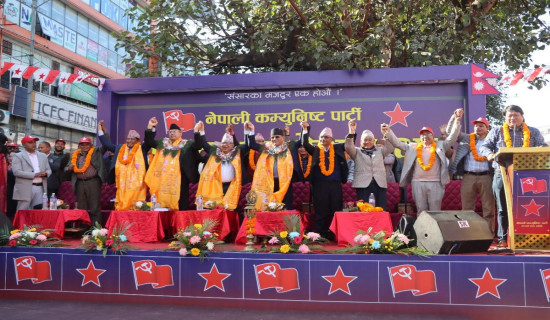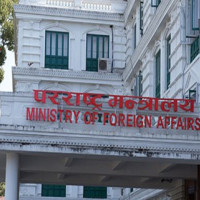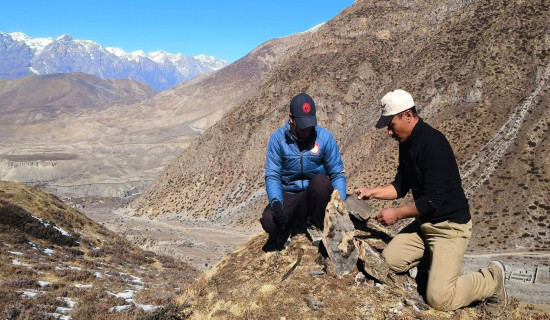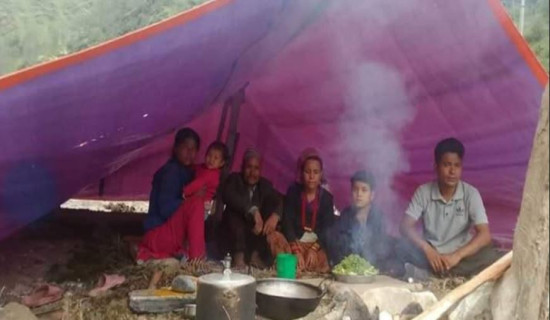- Monday, 1 December 2025
Dengue Threat Continues
Dengue has persistently posed a threat to public health in Nepal. Its outbreak is not limited only to the monsoon months, but also extends to the season that follows. Major dengue outbreaks occurred in Nepal in 2005, 2010 and 2022, taking the form of an epidemic affecting all 77 districts. Experts have warned that the risk of post-monsoon dengue outbreaks remains high also this year, and it is likely to hit several areas in clusters.
After rain, many places are filled with stagnant water, which becomes a perfect breeding ground for mosquitoes. After the monsoon and before the arrival of winter, the persistence of warm and humid weather creates an environment where mosquitoes thrive and multiply. The Ministry of Health and Population has urged all stakeholders and the public to remain alert about waterborne diseases, including dengue, after various parts of the country experienced floods and landslides due to heavy rainfall.
Although a major outbreak has been averted, the threat of post-monsoon dengue continues. Dr. Sher Bahadur Pun, coordinator of the Research Unit at Sukraraj Tropical and Infectious Disease Hospital, Teku, has said people assumed that there was no longer a risk of dengue since the end of the monsoon. He has made authorities aware that post-monsoon outbreaks could be more dangerous than those of the monsoon phase. Statistics show that more than 12,000 people were infected with dengue in October last year, showing how severe the post-monsoon dengue outbreak could be if we drop our guard. So, it’s high time people throughout the country are alert and take precautions.
Epidemiology and Disease Control Division (EDCD) confirmed that 5,874 people have been infected across 75 districts, while two districts, Manang and Dolpa, have reported no cases. This year, four people have succumbed to dengue, which is comparatively low compared to the previous years, but the threat of dengue is far from subsiding. Now, the disease is not limited to the Tarai region but is reported to have spread to hilly and even Himalayan regions.
In 2024, a total of 15 people died and 41,865 were infected, while 88 people died and more than 54,000 were infected in 2023. Awareness campaigns and larva search and destroy drives conducted multiple times throughout the country played a significant role in controlling dengue in the past. Everyone should be aware that the threat of dengue persists beyond the monsoon season, and we must remain equally vigilant and prepared to combat the disease.
Likewise, our health facilities should also be prepared to combat post-monsoon dengue cases, with sufficient health workers and medications, though dengue does not have a specific medicine. To prevent a large outbreak, it requires a sustained and coordinated effort of individuals, the community and local level government. Our health services are often under-prepared to manage the post-monsoon dengue cases, which can aggravate the situation.
Keeping the dengue danger at bay necessitates that we take a raft of precautionary measures. The spots at risk of mosquito presence should be identified, and a campaign to destroy them should be launched. Taking personal protective measures during outdoor activities, such as application of repellents to exposed skin or clothing, and wearing long-sleeved shirts and trousers, is advised. Because the mosquitoes are known to be active during dawn and dusk, special care needs to be taken during these times of the day. Those with symptoms should immediately be brought to the attention of medical professionals.








-square-thumb.jpg)








